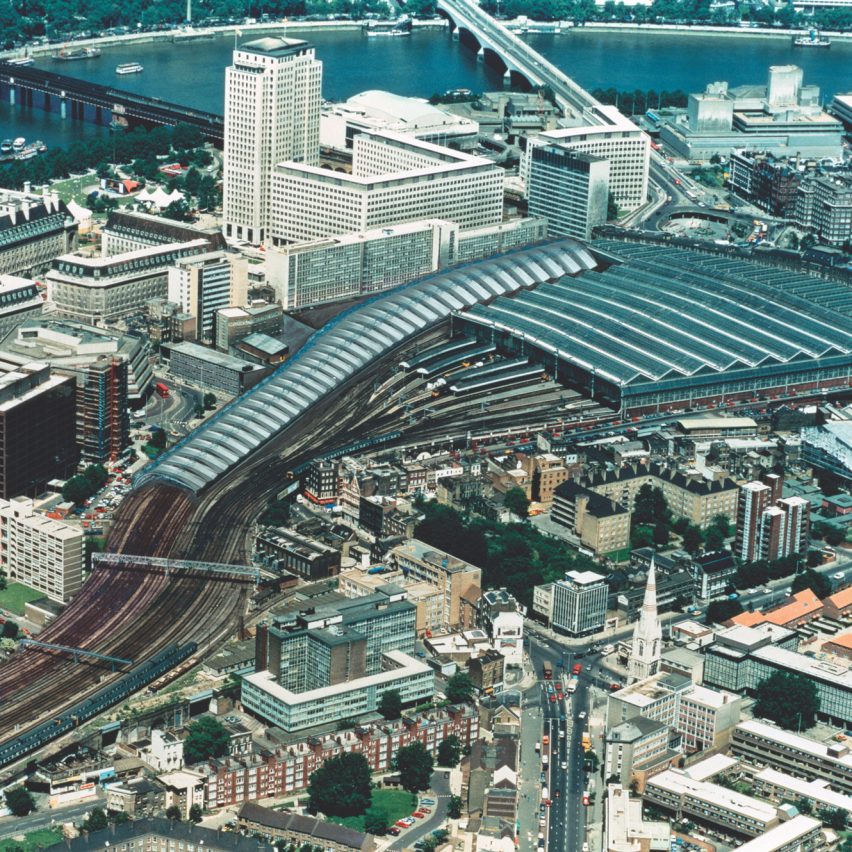
We continue our high-tech architecture series with this exclusive video interview in which British architect Nicholas Grimshaw describes the painstaking level of detail required of his landmark station project.
The International Terminal at Waterloo station in London is an elongated, four-platform railway concourse with a snaking glass-and-steel roof, which Grimshaw‘s eponymous architecture practice designed in 1994.
Grimshaw submitted the project in response to a competition by British Railways Board. The brief called on architects to design an extension for the existing station.
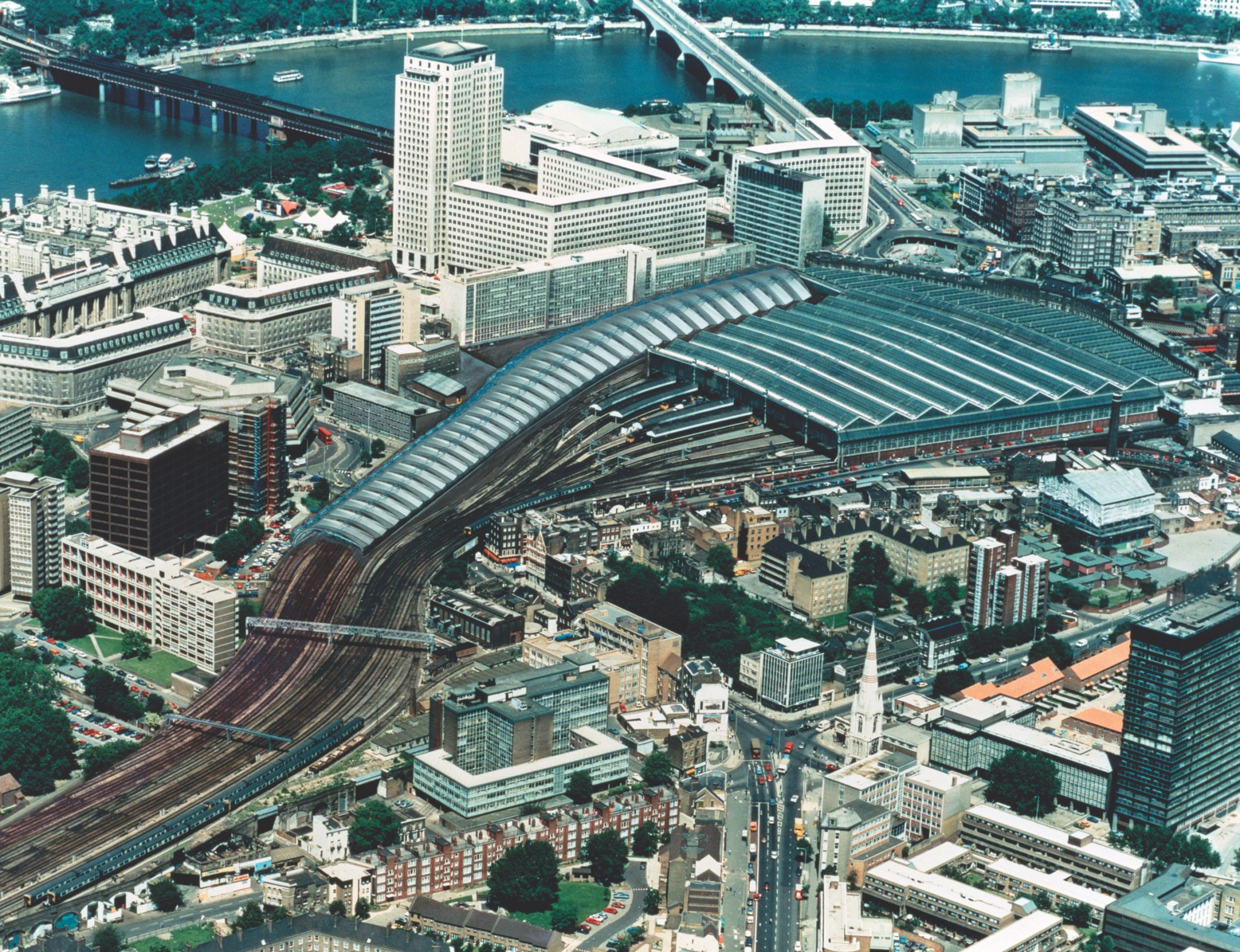
“Waterloo was looked upon as one of the best things you could get at the time – the best job you could land, so to speak,” Grimshaw told Dezeen in an interview at his home in London.
The coveted project accommodated the cross-channel trains that ran between London and Paris until 2007, when the service was moved to St Pancras International.
Grimshaw, who also designed the radical housing block at 125 Park Road, saw off stiff competition from other award-winning architects including fellow high-tech architect Norman Foster.
“I can’t remember all the architects – there’s a shortlist of about 10 or 12, starting with the king himself Norman Foster,” he said. “Everybody had a go at it.”
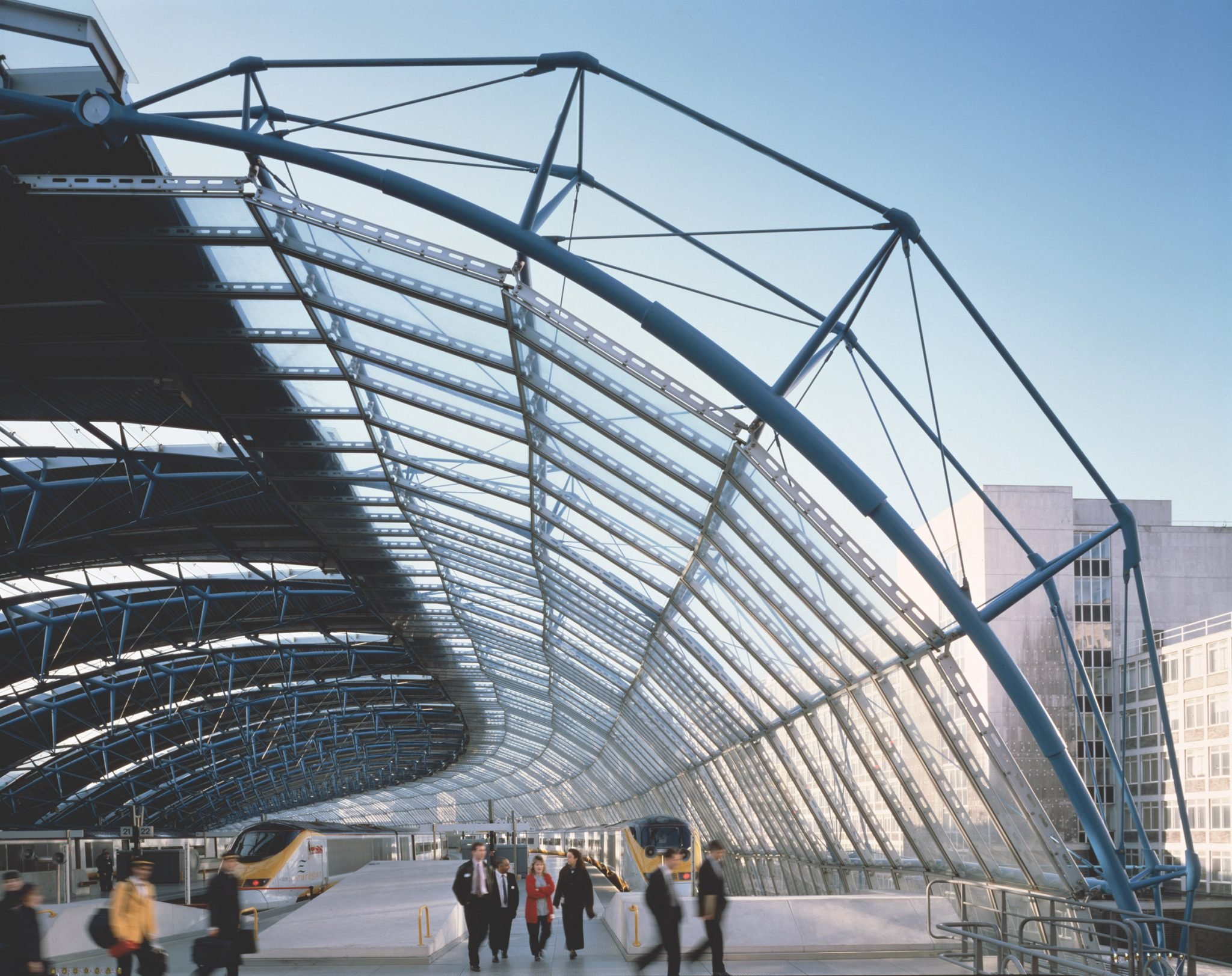
The new terminus occupies a slither of land on the west side of Waterloo station, replacing what was originally platforms 20 and 21. Due to its central London location and proximity to surrounding buildings, the site was severely restricted.
“The site was a nightmare,” said Grimshaw. “It was a completely irregular shape.”
The new terminus slots into the existing stone building and follows the curve of the train tracks, eventually extending to twice the length of the main station.
The plot tapers from 55-metres-wide to 35-metres-wide, which created a whole host of design challenges, particularly for the roof.
“We really concentrated on making everything adjustable because we were well aware of all these surveying problems,” said Grimshaw.
“We had to try and make it a simple repetitive structure on an irregular site, which wasn’t easy.”
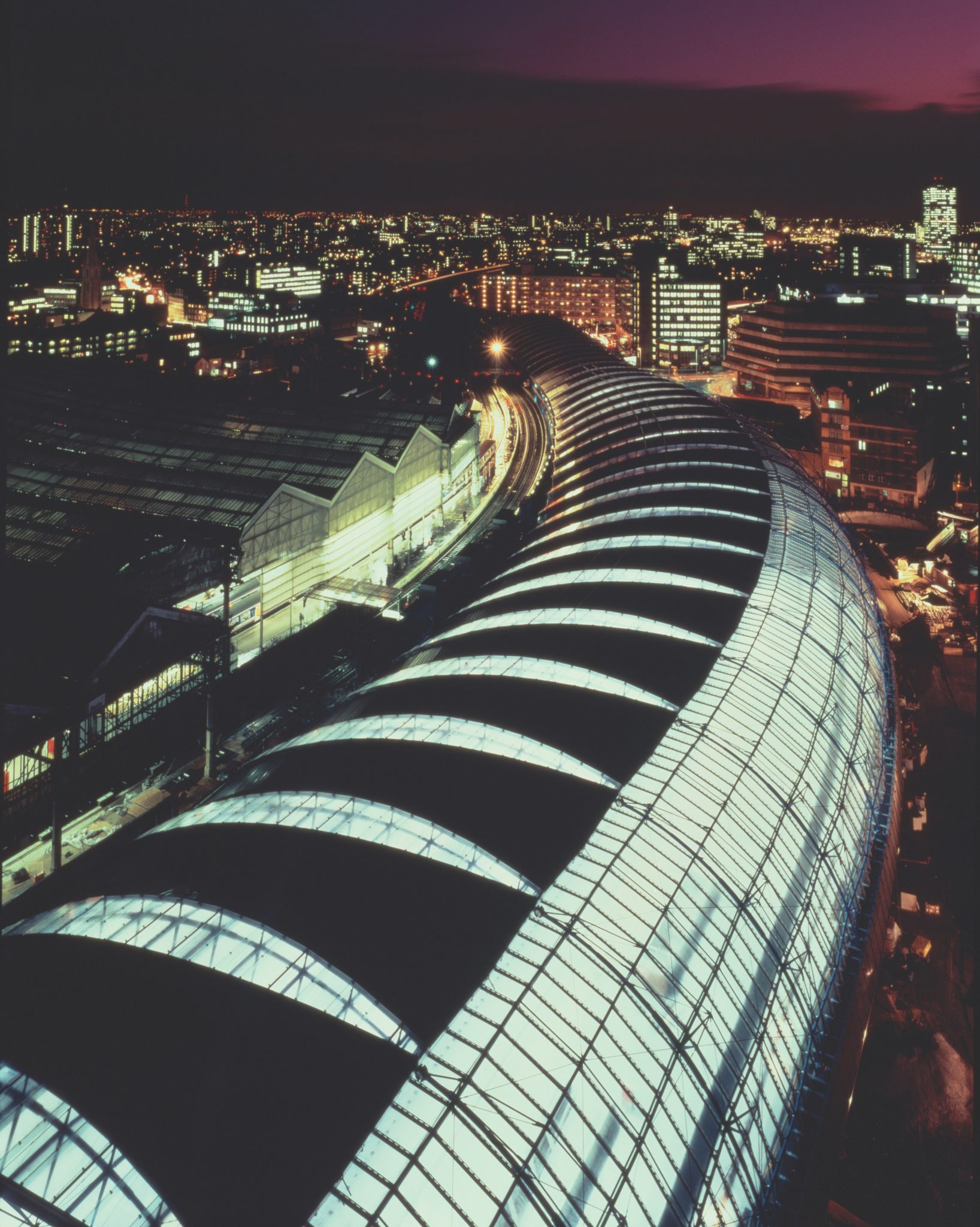
In response to these constraints, Grimshaw created an asymmetrical curved roof that could expand or compress to fit any site regardless of its shape.
“[The roof structure] were sort of telescopic tubes slid inside each other,” said Grimshaw.
“We made the roof shrinkable and it had to also be manoeuvrable in plan so that we could fit the site. So in that sort of way it could have gone on other sites and we could have adjusted it to make it work.”
Waterloo International Terminal has glass roof panels that allow the building’s steel structure to be clearly visible from the platforms below.
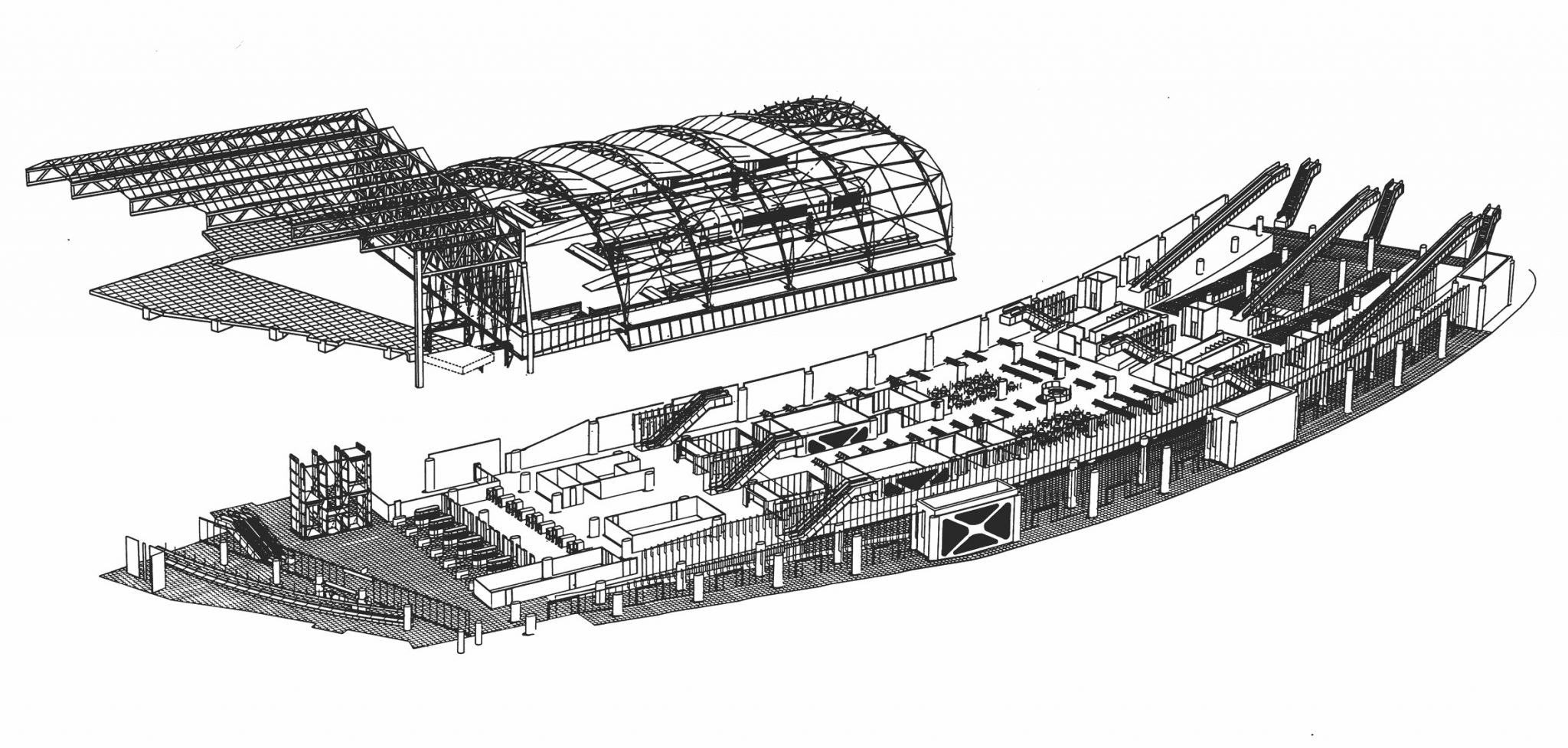
The terminus is an exemplar of high-tech architecture – a style that emerged in the 1960s and is characterised by the celebration of a building’s structure and the use of industrial materials.
“It was like a great machine which sat on the ground and then sort of nestled into the ground,” said Grimshaw.
Ticket services and the departure lounge were concealed underground, beneath the railway tracks, in order to optimise the platform space above.
Since its completion the building has won several awards including the RIBA Building of the Year award (the predecessor to the Stirling Prize) and the European Prize for Architecture, better known as the Mies van der Rohe Award.
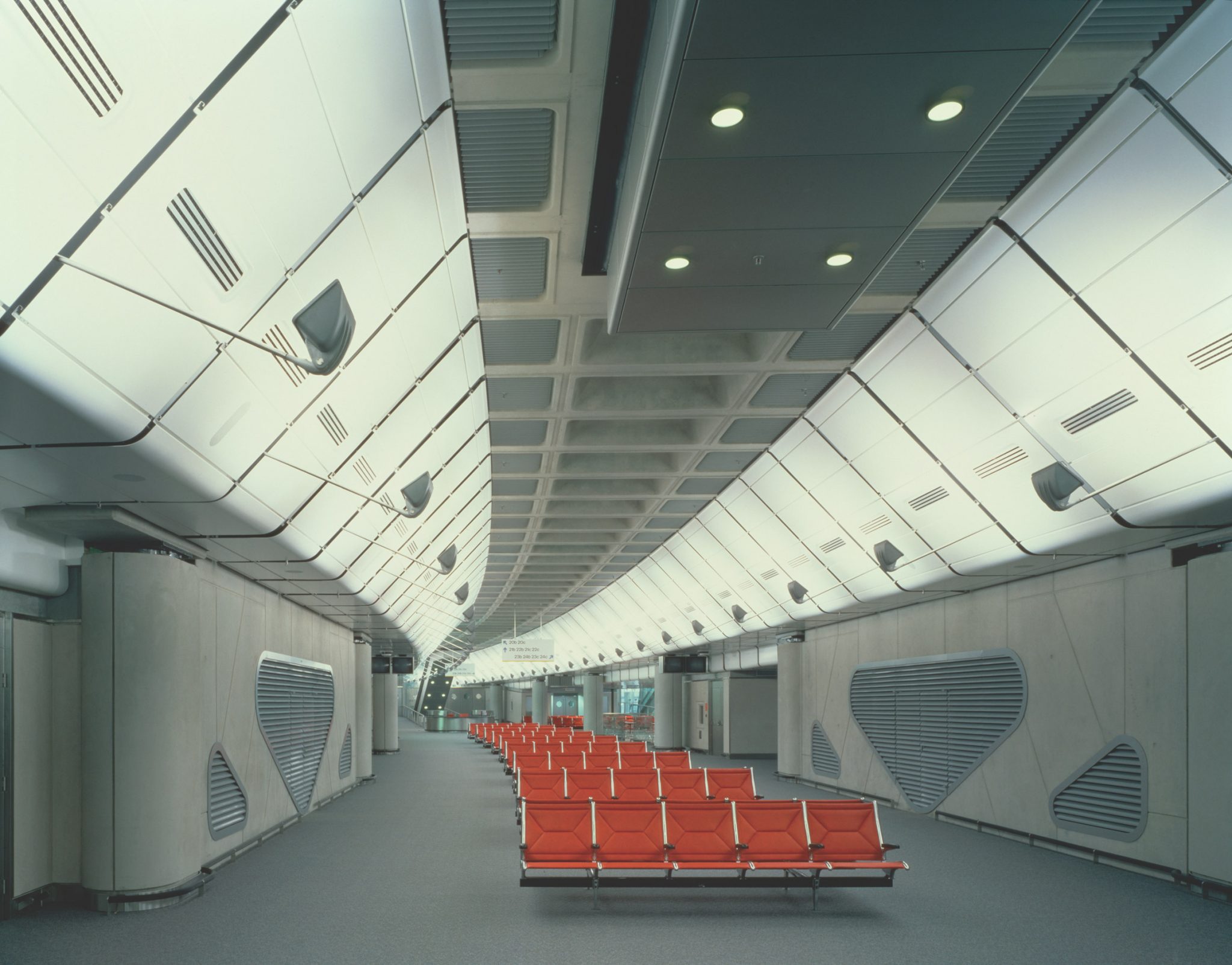
“I think people thought that [it] was quite ingenious and quite thought-through in a really meticulous way,” said the architect. “Even if you weren’t an architect or an engineer, you could see that it would work.”
Grimshaw attributes this to the fastidious amount of detail that informed the design.
“They were very impressed with the fact that we rang up and said: ‘what was the diameter of the cleaning brush on the cleaning machine?’ Because we wanted to make the the corners of the building fit the cleaning machine”.
“I don’t know what detail the competition asked for but they got quite a lot from us,” he laughed.
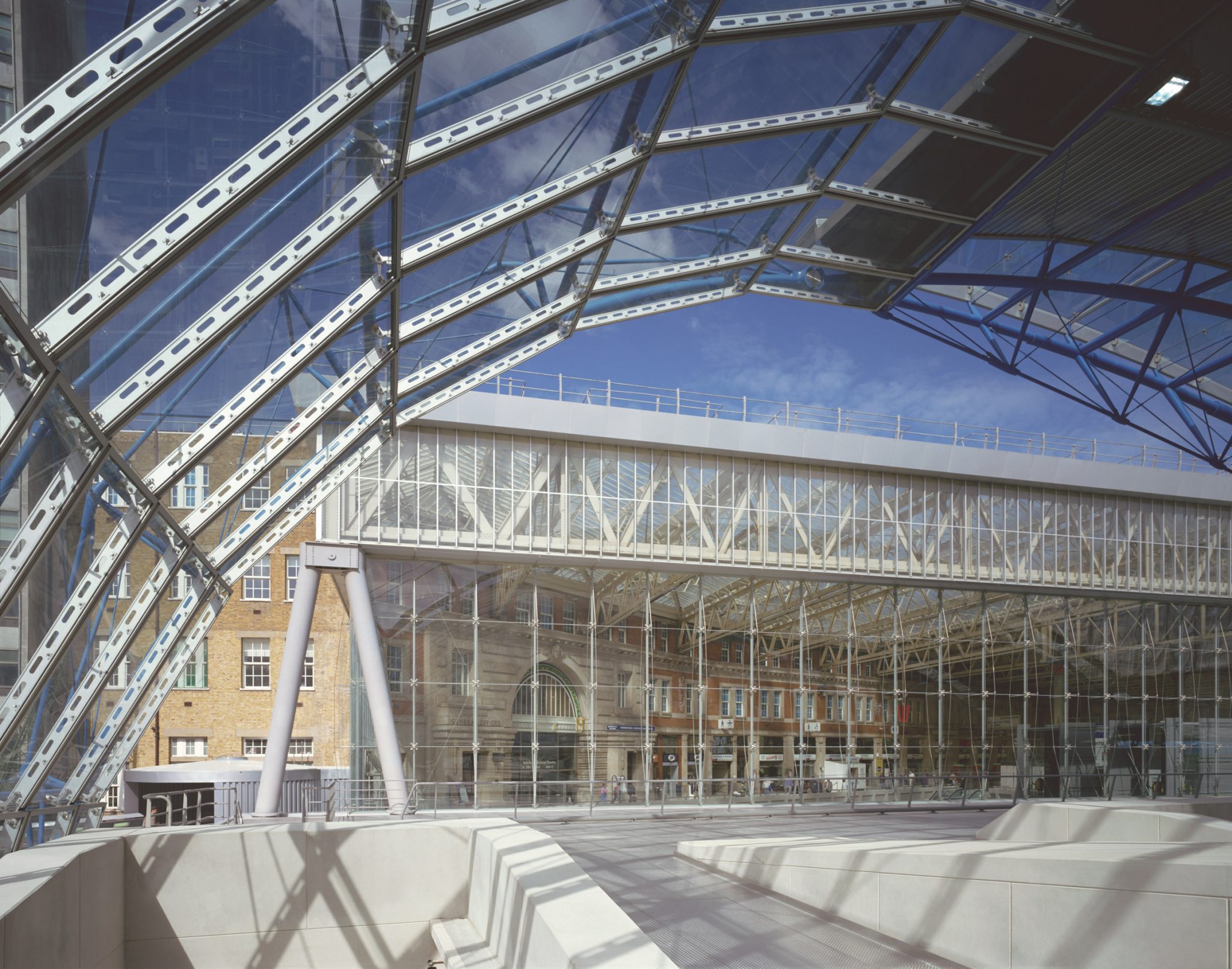
The International Terminal at Waterloo was completed a year ahead of schedule – before the Channel Tunnel that serviced the station was ready. The building was largely pre-fabricated, which accounted for the speed of its construction.
“It was made in big steel components and they were bolted together off-site put in a numbered sequence on the roof,” said Grimshaw. “And all the secondary components were being made while the main structure was going up.”
“Proof of the pudding was that we were finished a year early,” said Grimshaw.
The terminal underwent a tumultuous few years of closing and re-opening until 2019, when it reopened to the public on a permanent basis.
This movie was produced by Dezeen as part of our high-tech architecture series, and is the last of our video interviews with notable high-tech architects.
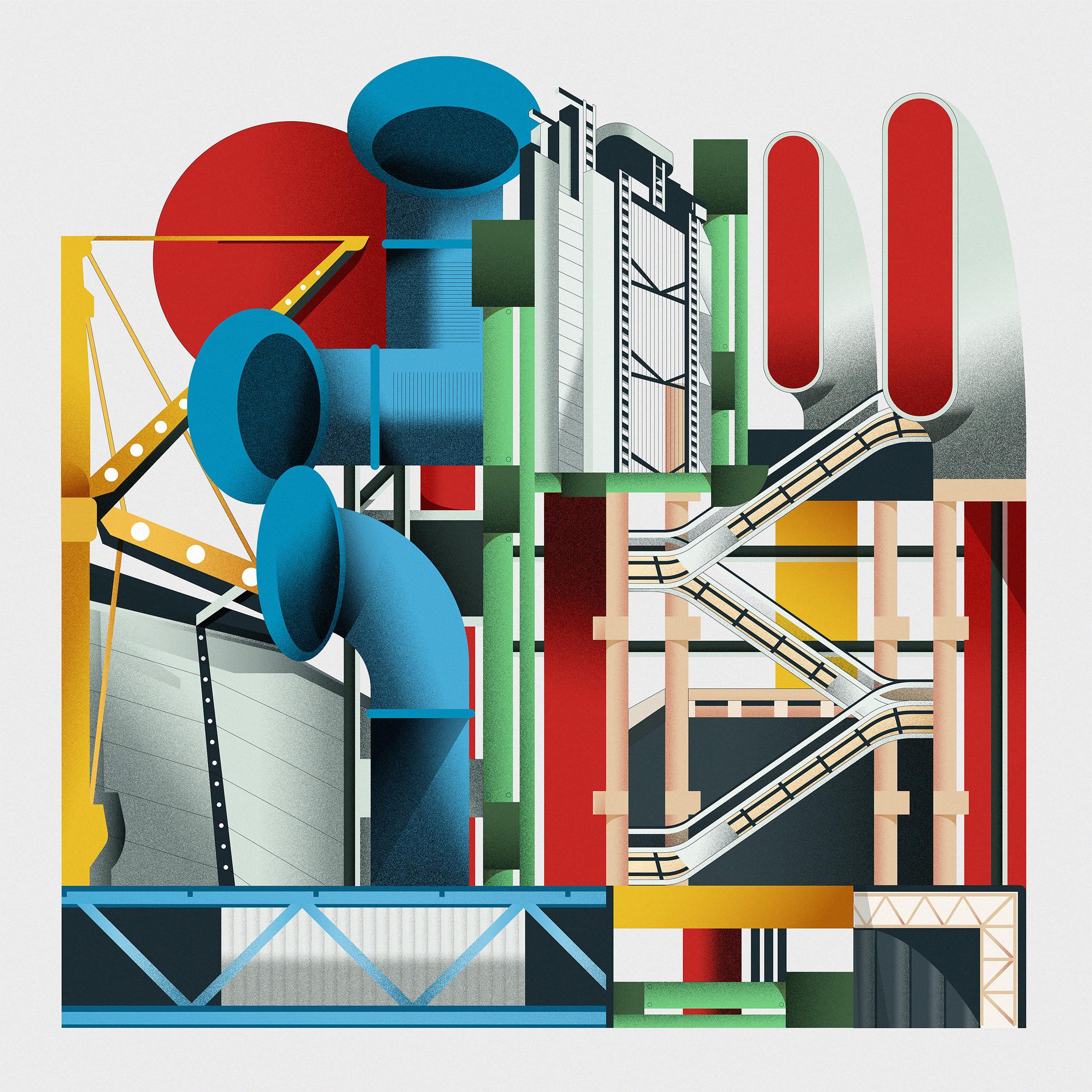
Emerging in Britain during the late 1960s, high-tech architecture was the last major style of the 20th century and one of its most influential. Characterised by buildings that combined the potential of structure and industrial technology, the movement was pioneered by Foster, Rogers, Grimshaw, Patty and Michael Hopkins and Renzo Piano.
Photographs are by Jo Reid and John Peck, Michael Dyer, Paul Childs and Peter Cook. Drawings are by Grimshaw. Images and footage are courtesy of Grimshaw. Illustration is by Jack Bedford.
The post Waterloo International Terminal was "made to fit the cleaning machine" says Nicholas Grimshaw appeared first on Dezeen.
